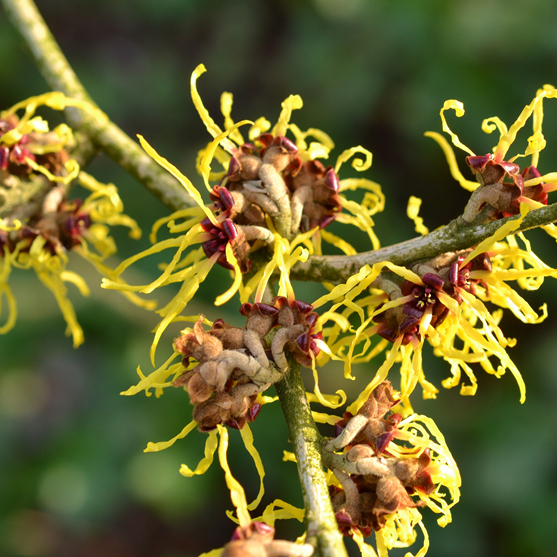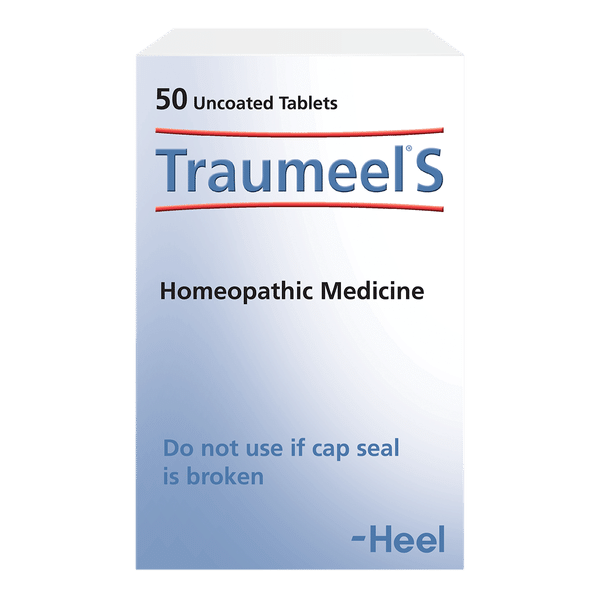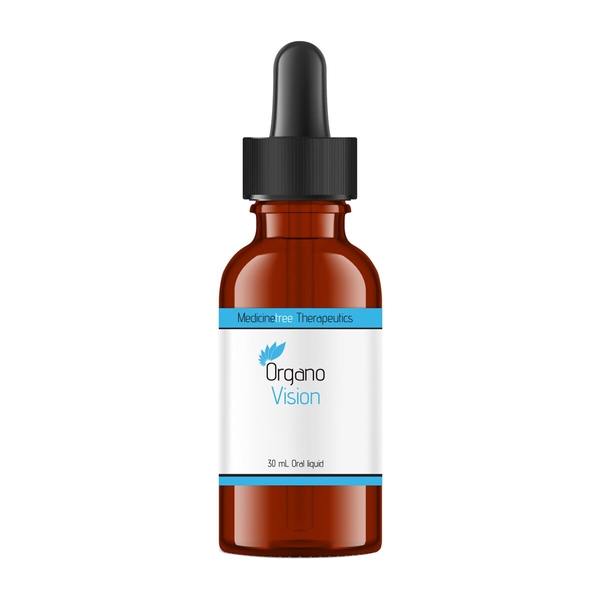
Witch hazel
Scientific names: Hamamelis virginiana
Family: Hamamelidaceae
Alternative names: Avellano de Bruja, Café du Diable, Hamamelis, Hamamélis, Hamamélis de Virginie, Hazel, Noisetier des Sorcières, Snapping Tobacco Wood, Spotted Elder, Virginian Witch Hazel, Winter Bloom
Actions: Anti-inflammatory, Antimicrobial, Anti-viral, Styptic
Background
Witch hazel (Hamamelis virginiana) is a flowering shrub or small tree native to Eastern North America. Its leaf and bark are used as medicine.
Witch hazel contains chemicals called tannins, which might help reduce swelling and fight bacteria. Witch hazel water (Hamamelis water, distilled witch hazel extract) is a liquid that is distilled from dried leaves, bark, and twigs of witch hazel.
People use witch hazel for hemorrhoids. It is also used for eczema, acne, skin irritation, sunburn, and many other conditions, but there is no good evidence to support these uses.
Witch hazel contains chemicals called tannins, which might help reduce swelling and fight bacteria. Witch hazel water (Hamamelis water, distilled witch hazel extract) is a liquid that is distilled from dried leaves, bark, and twigs of witch hazel.
People use witch hazel for hemorrhoids. It is also used for eczema, acne, skin irritation, sunburn, and many other conditions, but there is no good evidence to support these uses.
Safety Safety definitions
When taken by mouth: Witch hazel is possibly safe. But because witch hazel contains tannins, high doses might cause more side effects and liver or kidney problems. Witch hazel also contains a cancer-causing chemical (safrole), but in amounts that are too small to be of concern.
When applied to the skin: Witch hazel water is likely safe. It might cause minor skin irritation in some people.
Children: Witch hazel is possibly safe for children when applied to the skin.
When applied to the skin: Witch hazel water is likely safe. It might cause minor skin irritation in some people.
Special Precautions & Warnings:
Pregnancy and breast-feeding: There isn't enough reliable information to know if witch hazel is safe to use when pregnant or breast-feeding. Stay on the safe side and avoid use.Children: Witch hazel is possibly safe for children when applied to the skin.
Effectiveness
NatMed Pro rates effectiveness based on scientific evidence according to the following scale: Effective, Likely Effective, Possibly Effective, Possibly Ineffective, Likely Ineffective, Ineffective, and Insufficient Evidence to Rate.
Possibly effective Effectiveness definitions
- Hemorrhoids. Applying witch hazel water to the skin may help relieve itching, discomfort, irritation, and burning from hemorrhoids.
Possibly ineffective Effectiveness definitions
- Eczema (atopic dermatitis). Applying witch hazel to the skin doesn't seem to improve eczema.
Dosing & administration
Witch hazel has most often been used by adults in topical creams, lotions, ointments, and solutions. Speak with a healthcare provider to find out what type of product and dose might be best for a specific condition.
Interactions with pharmaceuticals
It is not known if Witch Hazel interacts with any medicines. Before taking Witch Hazel, talk with your healthcare professional if you take any medications.
Interactions with herbs & supplements
There are no known interactions with herbs and supplements.
Interactions with foods
There are no known interactions with foods.
Products
View all productsPer tablet:
Practitioner product
Per serve:
- Hamamelis virginiana (Witch hazel)
- Atropa belladonna
- Euphrasia
- Aesculus hippocastanum (Horsechestnut)
- Porcine lachrymal glands
- Porcine lens
- Porcine optic nerve
- Ruta graveolens
Practitioner product
vital.ly has licensed monographs from TRC Healthcare.
This monograph was last reviewed on 18/11/2024 11:00:00 and last updated on 28/03/2018 18:31:49. Monographs are reviewed and/or updated multiple times per month and at least once per year.
Natural Medicines disclaims any responsibility related to medical consequences of using any medical product. Effort is made to ensure that the information contained in this monograph is accurate at the time it was published. Consumers and medical professionals who consult this monograph are cautioned that any medical or product related decision is the sole responsibility of the consumer and/or the health care professional. A legal License Agreement sets limitations on downloading, storing, or printing content from this Database. No reproduction of this monograph or any content from this Database is permitted without written permission from the publisher. It is unlawful to download, store, or distribute content from this site.




